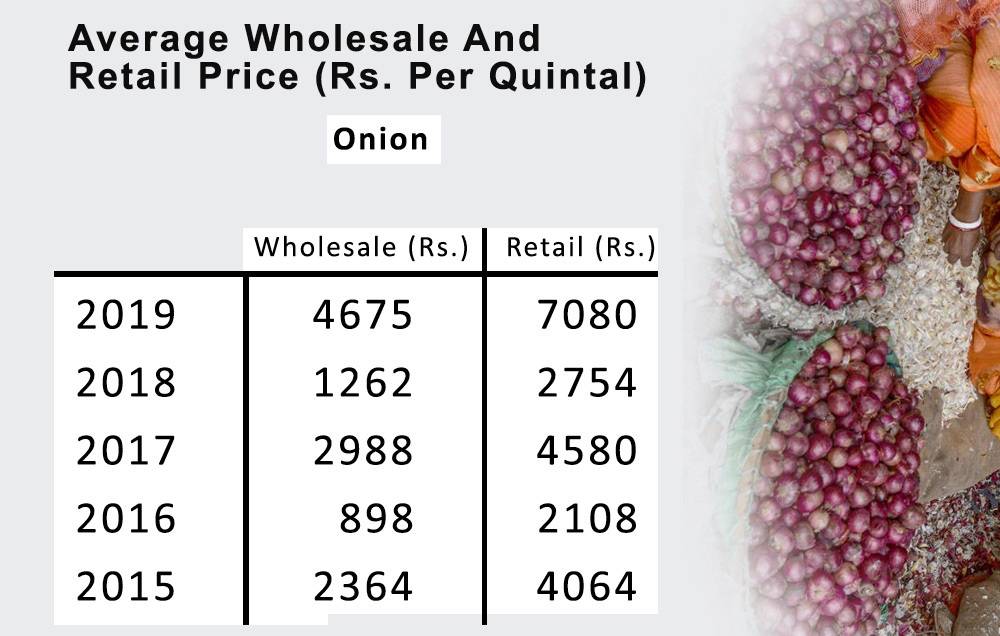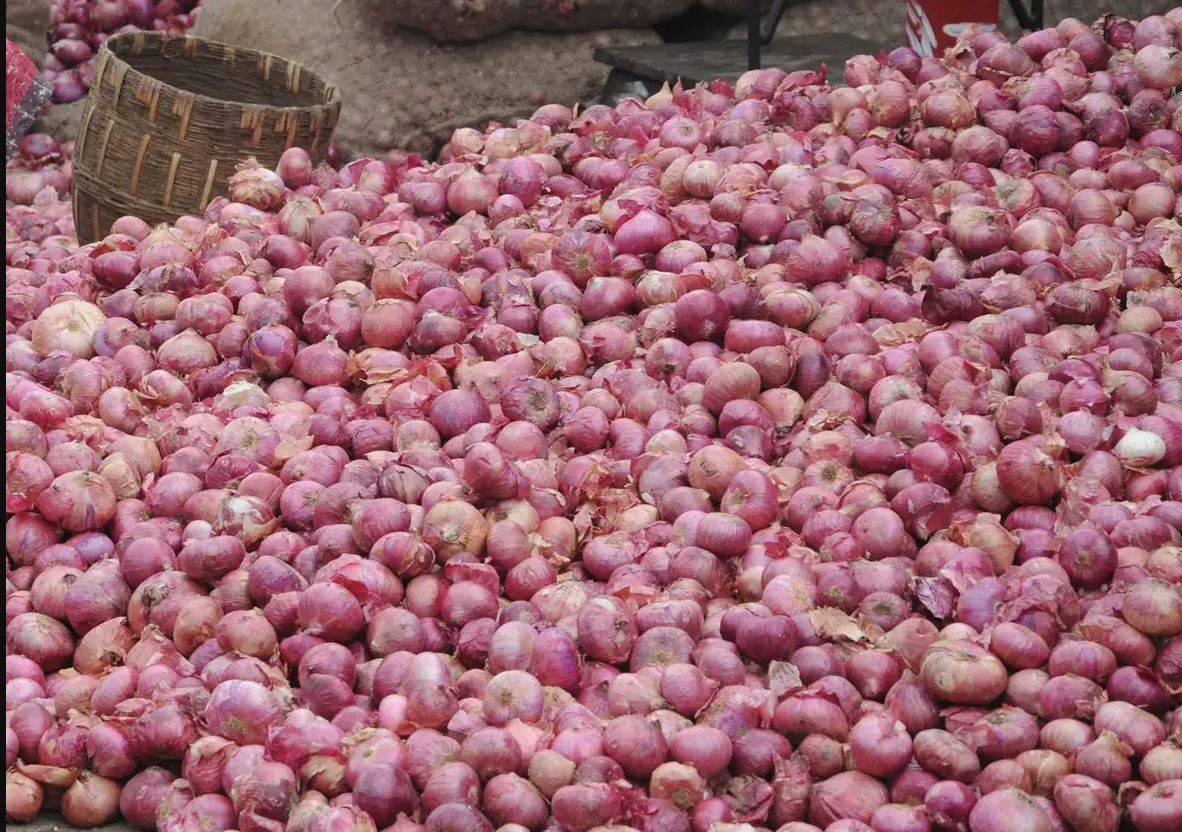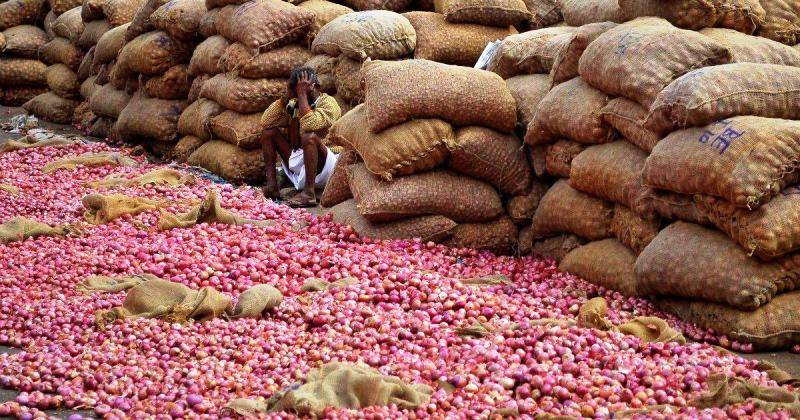
In such a scenario, a lot will depend on the quantity of onions the government has imported from Turkey and Egypt in the wake of rising onion prices. India has ordered over 36,090 metric tonnes of onions to battle the shortage, which was triggered by crop damage due to unseasonal rains.
Of this 21,090 metric tonnes of onions - 15,000 metric tonnes from Turkey and 6,090 metric tonnes from Egypt - have already been contracted. An additional 1,500 to 2,000 metric tonnes of onions are on their way from Afghanistan.
Farmers as well as traders have warned that excess imports combined with fresh harvests may lead to a glut in onion supply if there are any imports signed up after January end, especially when traders have been barred from exporting their produce till February.
Many experts & APMC directors said that the government may have to introduce reverse policies to allow exports from February as further delay can send prices crashing to very low levels. Much of the onion imports will arrive in the country by the end of this month or by early next month. Harvesting of fresh onions is likely in full flow in key onion producing states. The fresh harvests are expected to crash with the arrival of fresh imports that have been ordered now.

But this will lead to a further problem for farmers, who are neither benefitting from the current high prices nor will they make any extra penny in January due to a glut in supply. Not only the farmers will have to sell their produce at low prices in such a scenario, but they could face heavy losses as rates of onions will remain lower than usual.
Trade experts have a solution for the government to counter the problem that onion farmers face almost every year. Experts say that due to the shortage of onion crop, the prices have shot up and touched Rs 100 in the whole sale markets. But not all onion farmers have benefited from the price rise. Four out of five farmers complained that their onion crop did not fetch appropriate price because of the poor quality.
The Director of Nafed Nasik region, Nana Saheb Patil explained the reason of soaring onion prices. He said 'the monthly onion consumption of India is 15 lakh metric tons, which means daily requirement of India is 50 thousand metric tons of onion. But as of now the daily supply is only 10 to 12 % of the requirement and this is the reason that the prices have touched Rs. 100 per mark in the whole sale markets.
India is the second largest onion growing country all across the world. The major onion producing states are Maharashtra, Karnataka, Andhra Pradesh, Tamil Nadu, Madhya Pradesh, Chhattisgarh, Gujarat, Rajasthan, Bihar, Haryana, West Bengal, Uttar Pradesh, Odisha, Jharkhand & Telangana. Indian onions are famous for their pungency and are available round the year. Indian onions has two crop cycles, first harvesting starts in November to January and the second harvesting from January to May. The onion is a hardy cool-season biennial but usually grown as annual crop.

Onion is a temperate crop but can be grown under a wide range of climatic conditions such as temperate, tropical and subtropical climate. The best performance can be obtained in a mild weather without the extremes of cold and heat and excessive rainfall. However, onion plant is hardy and in the young stage can withstand freezing temperature also. In India, short-day onion is grown in the plains and requires 10-12 hours day length. The long-day onion is grown in hills requiring 13-14 hours day length.
For vegetative growth, lower temperature combined with short photoperiod is required whereas relatively higher temperature along with longer photoperiod is required for bulb development and maturity.
Sowing, transplanting & harvesting timings of onion in different regions of India
|
Season |
Time of seed sowing |
Time of transplanting |
Time of harvesting |
|
Maharashtra and some parts of Gujarat |
|||
|
1. Early Kharif 2. Kharif 3. Late Kharif 4. Rabi |
Feb.-Mar. May-June Aug.-Sept. Oct.-Nov. |
April-May July-Aug. Oct.-Nov. Dec.-Jan |
Aug.-Sept. Oct.-Dec. Jan.-Mar. Apr.-May |
|
Tamil Nadu, Karnataka and Andhra Pradesh |
|||
|
1. Early Kharif 2. Kharif 3. Rabi |
Feb.-April May-June Sept.-Oct. |
April-June July-Aug Nov.-Dec. |
July-Sept. Oct.-Nov. Mar.-Apr. |
|
Rajasthan, Haryana, Punjab, UP and Bihar |
|||
|
1. Kharif 2. Rabi |
June-July Oct.-Nov. |
July-Aug. Dec.-Jan. |
Oct.-Nov. May-June |
|
West Bengal and Orissa |
|||
|
1. Kharif 2. Late Kharif 3. Rabi |
June-July Aug.-Sept. Sept.-Oct. |
Aug.-Sept. Oct.-Nov. Nov.-Dec. |
Nov.-Dec. Feb.-Mar. Mar.-Apr. |
|
Hilly areas |
|||
|
1. Rabi 2. Summer (Long day type) |
Sept.-Oct. Nov.-Dec. |
Oct.-Nov. Feb.-Mar. |
June-July Aug.-Oct. |















